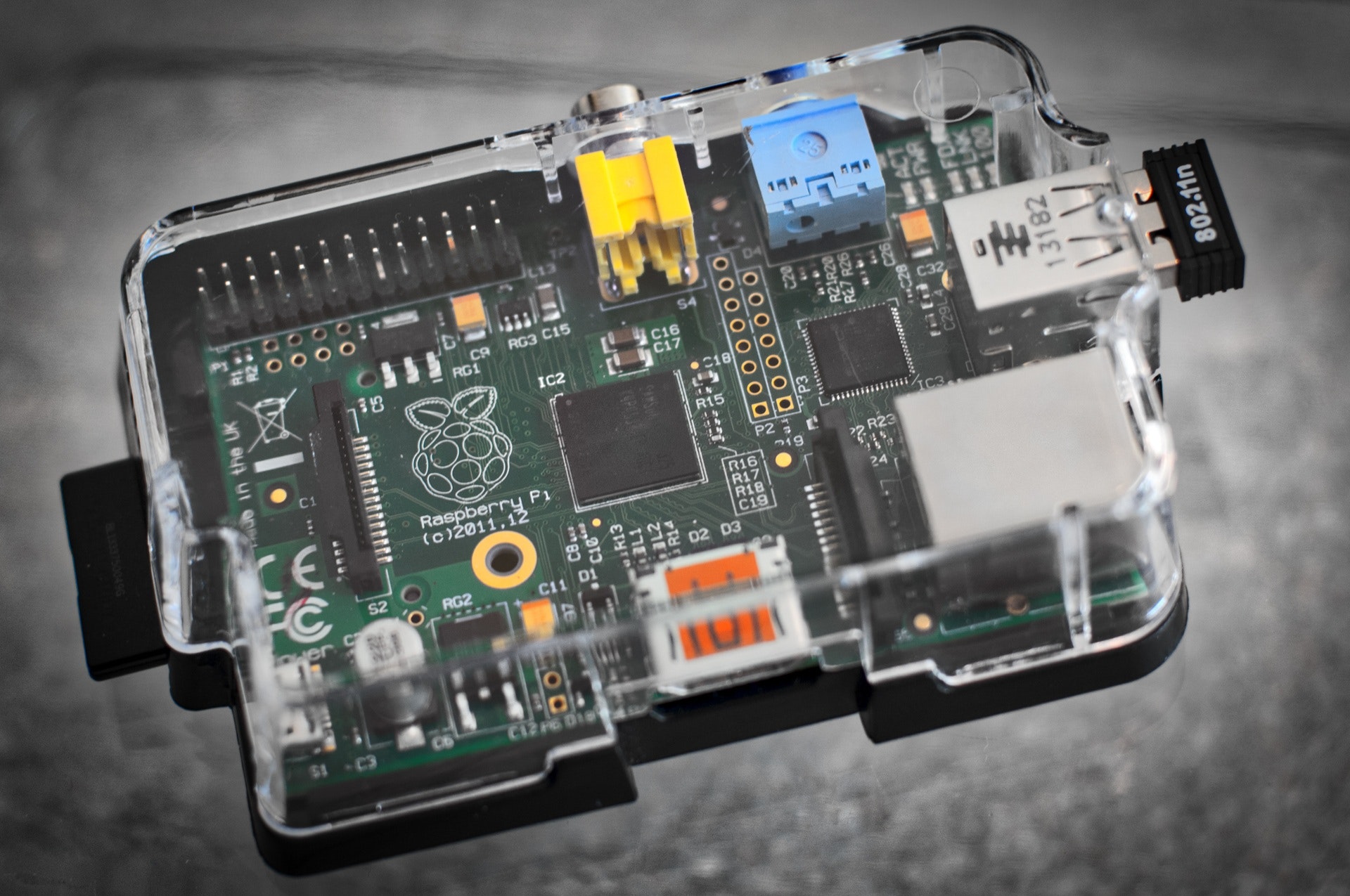
The coronavirus pandemic has brought times of uncertainty to every industry. Consequently, several companies are choosing to eschew long-term investments in favor of short-term gains. In technology, this has manifested in numerous organizations halting their 5G plans.
But businesses looking to secure themselves a place in the future shouldn’t just stand idly by. A myriad of operational efficiencies and new opportunities await early 5G innovators. The next generation of cellular technology will bring about numerous benefits for the Internet of Things (IoT): better maintenance, reduced downtime, and more robust data analysis name just a few advantages.
Want to kick your IoT development endeavors into high-gear? Then 5G is a necessity. Here’s how to get your IoT initiatives ready for 5G.
Design for Low-Power Wide-Area Networks
The 3rd Generation Partnership Project (3GPP) is a group of standards organizations that develop protocols for mobile telecommunications. To 3GPP, the future of mobile IoT lies in Low-Power Wide-Area (LPWA) networks. As their name implies, LPWA networks are intended to support applications and devices that are low cost, require low data rates, need long battery life, and can operate in remote locations.

LPWA networks play an integral role in connecting billions of devices to mobile IoT. Without them, only major metropolises with built-up infrastructures (e.g., Los Angeles, New York City, Beijing) could support the widespread use of this emerging technology. Besides this, LPWA networks also support a diverse array of operations across various sectors.
NB-IoT and LTE-M are the two most commonly deployed formats of mobile IoT networks. Their vast coverage range and low power consumption make both options impressive avenues to deploy your IoT product. Devices connected over either format can easily have a battery life of over 10 years.
Both NB-IoT and LTE-M have been accepted as 5G standards. The eventual objective is to have both supported by the 5G core network so they can facilitate the usage of new radio frequency bands.
Pick Which Tech Suits Your IoT Application Best
If you’re having trouble deciding between NB-IoT and LTE-M, don’t fret. Learning more about each one can elucidate the correct solution for your needs.
NB-IoT
NB-IoT stands for Narrowband-IoT. This technology minimizes connected device power consumption while optimizing system capacity and cell range. As the name implies, NB-IoT leverages only a narrow sliver of the total bandwidth projected from cell towers. It’s perfect for regions that don’t have great LTE coverage or applications that only need to transfer small amounts of data.

To extend coverage to regions with poor coverage while enabling low device complexity, NB-IoT employs much simpler technology than GSM/GPRS modules. It is also supported by all major mobile equipment manufacturers and already co-exists with 2G, 3G, and 4G mobile networks. The cost of comparable NB-IoT modules is actually expected to decrease as demand increases.
LTE-M
LTE-M stands for Long Term Evolution for Machines. Like NB-IoT, LTE-M can support IoT deployment with lower device complexity, less power consumption, and extended coverage range. It is also supported by all major mobile equipment manufacturers and co-exists with 2G, 3G, and 4G.
So, what’s the difference between LTE-M and NB-IoT? To answer that, we must examine your targeted application. Because it excels in applications that require only small amounts of data transfer, NB-IoT is great for static smart meter and sensor deployments.
On the other hand, if your deployment is literally mobile (e.g., you’re tracking moving vehicles), then LTE-M may be the way to go. It has far greater available bandwidth than NB-IoT. This means it can support more data-intensive applications, such as transferring large files. LTE-M also supports Voice over LTE (VoLTE).
Just in the first quarter of 2020, 107 NB-IoT and 45 LTE-M networks have been deployed commercially.
Don’t Forget to Account for Edge Computing
The choice of network technology is obviously an important factor for your IoT deployment. But it certainly isn’t the only aspect that determines the long-term viability of your project. It’s imperative that you also consider the types of devices you decide to deploy with.
In the future, everything regarding IoT technology will start at the edge. In edge computing, the devices themselves carry out the computation and analysis. By planning to utilize this paradigm now, you can get ahead of the competition. Unfortunately, many IoT platform providers undervalue the potential of edge computing.
But, in truth, edge computing brings as many benefits to the table as your network selection does. With optimized speed and performance and the ability to automate operations, it can dramatically simplify your design, deployment, and management of IoT initiatives. And this can make the difference between cost-effective scaling of massive deployments and endeavors that fall to the wayside.
Innovate IoT’s Future Today
We hope you’ve enjoyed this brief overview of how to simplify your IoT deployment on 5G. By making the right decisions for your IoT initiatives, you can minimize your investment risk, simplify the deployment, and set yourself up for seamless scaling.
It can be difficult to plan your IoT strategy during these uncertain times. But organizations that do will quickly reap the rewards and outpace the competition. So don’t wait. Plan for a brighter future today!





